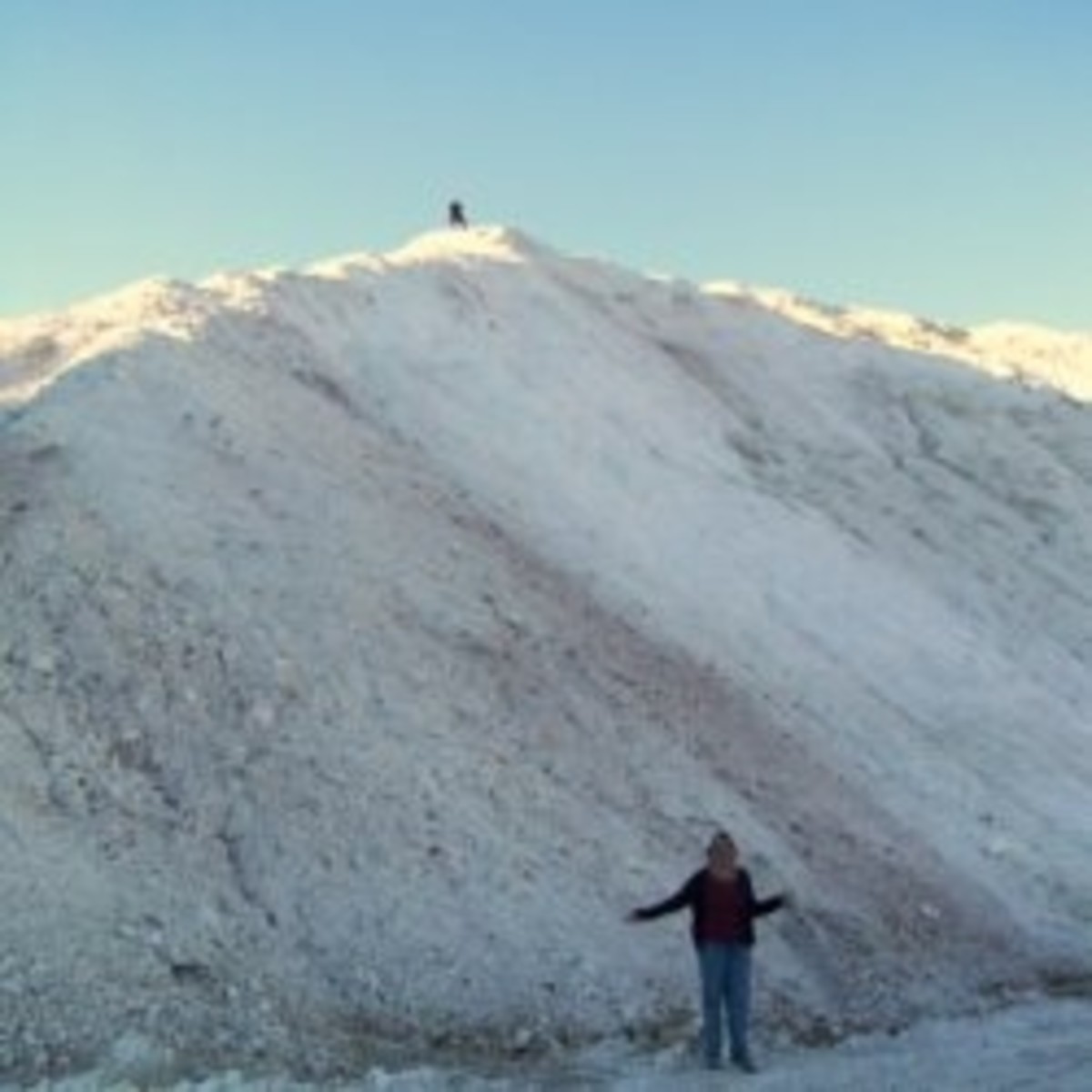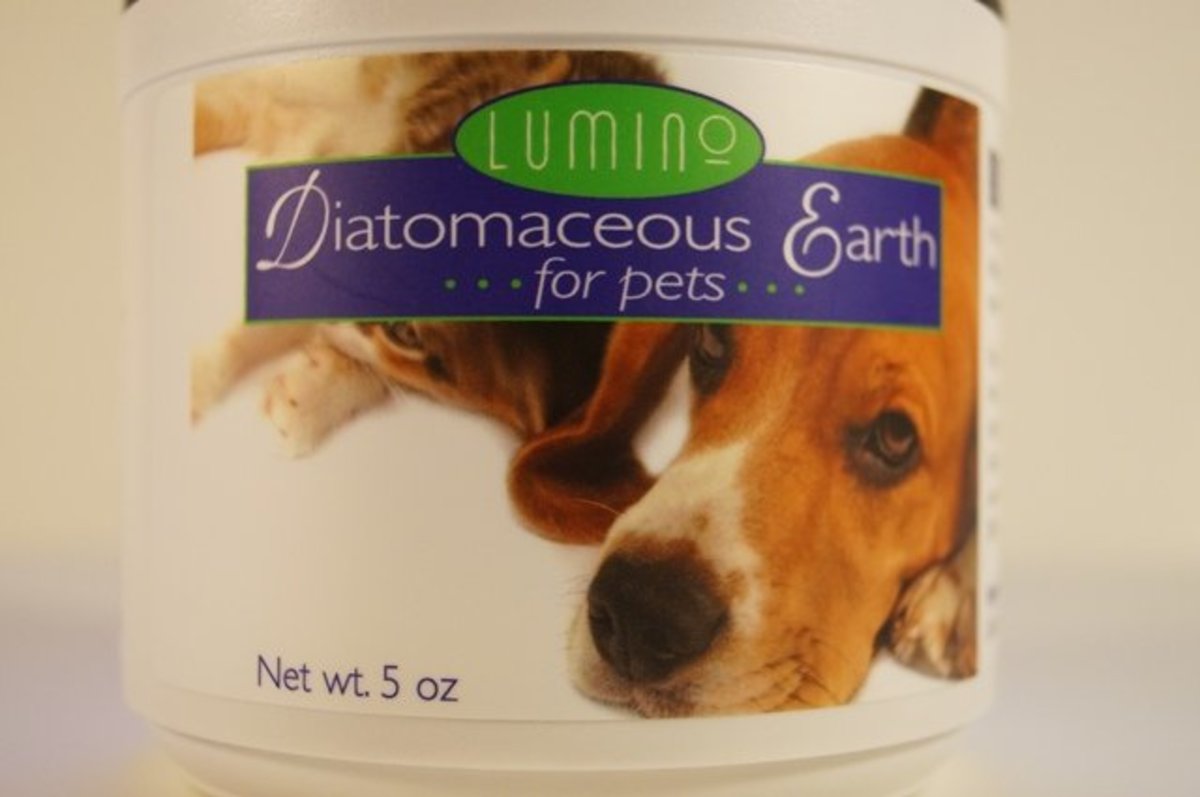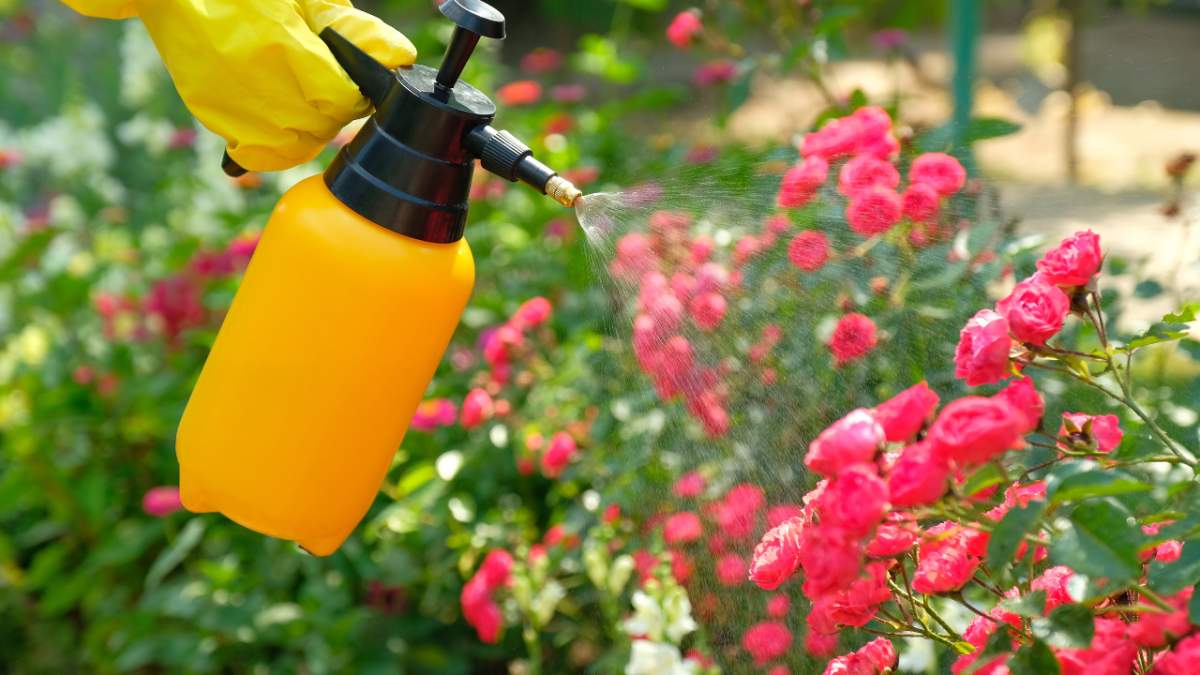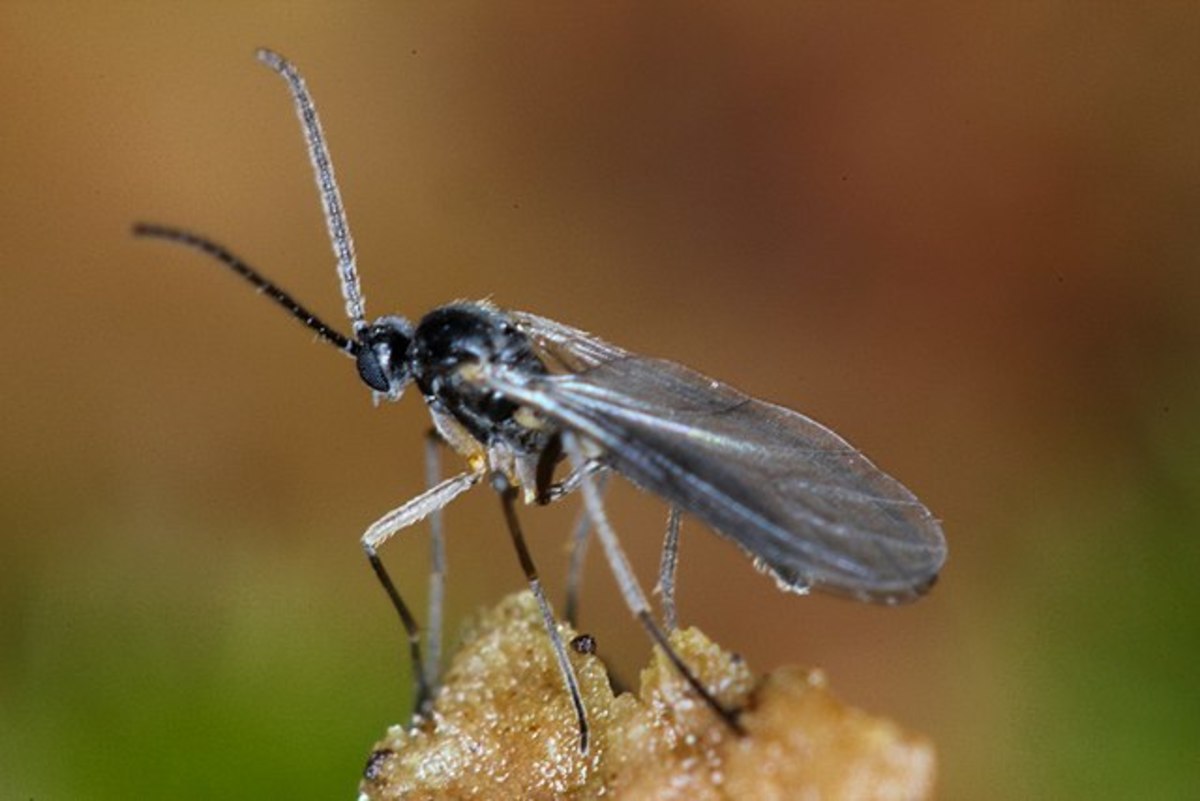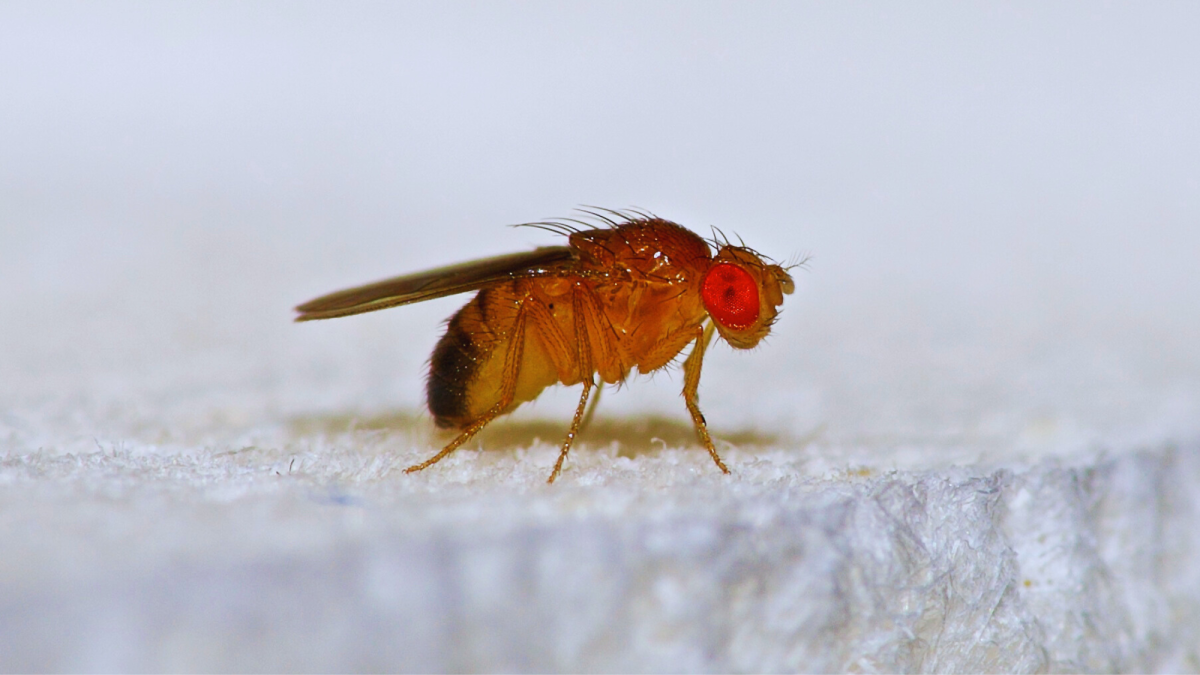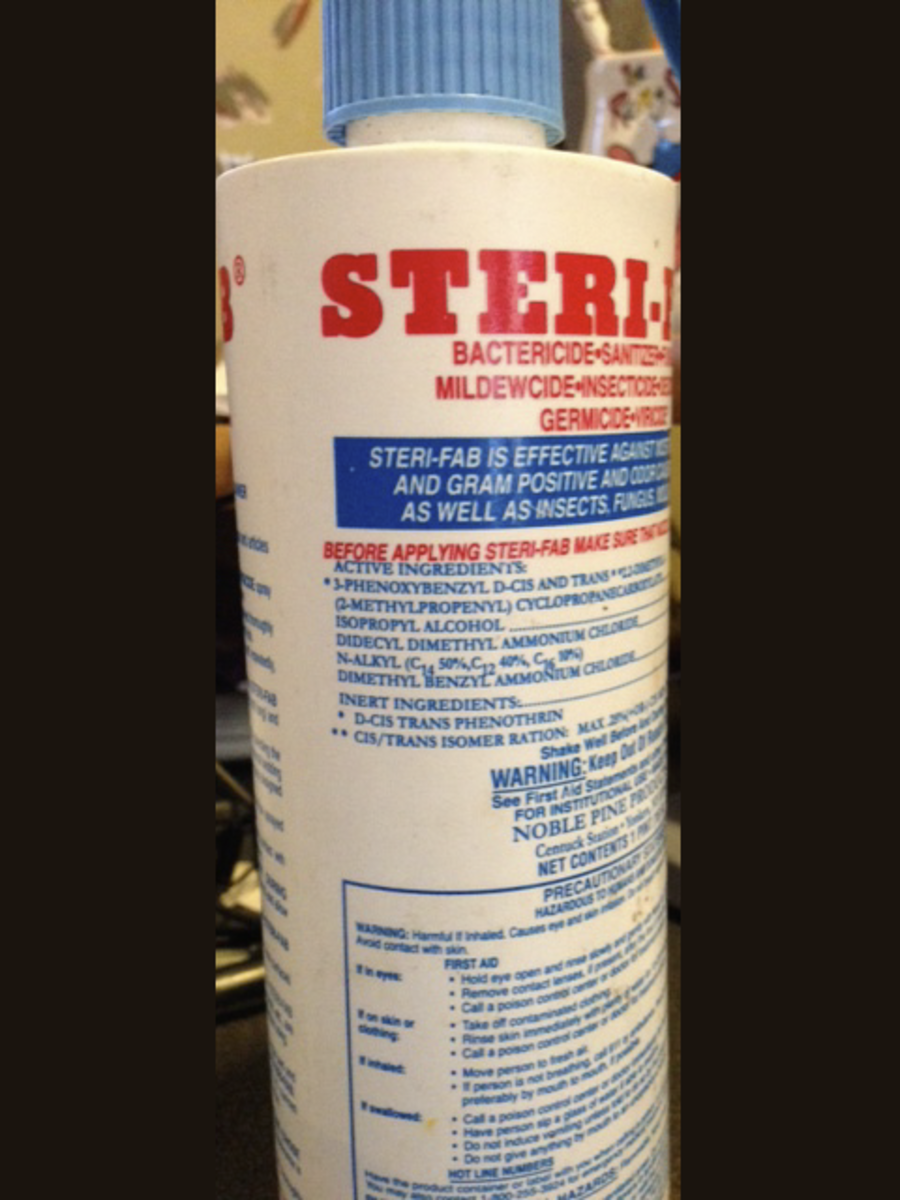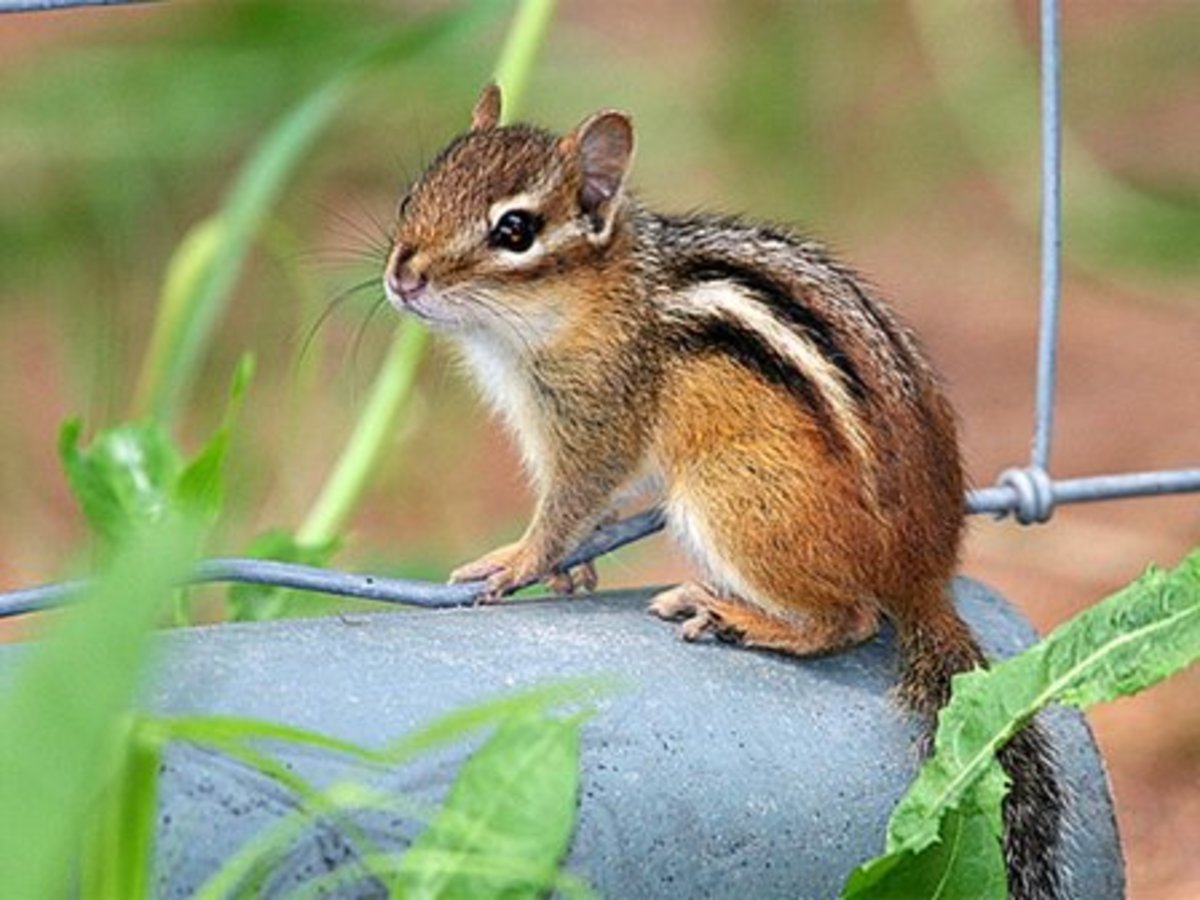- HubPages»
- Home and Garden»
- Cleaning»
- Eliminating Pests
Diatomaceous Earth: A Cheap and Safe Way to Deal With Fleas, Ticks, Worms, And General Pests

Are you having problems with flea infestation in your house or your yard? Did your crops wither due to various pests killing them off? Are you anticipating a rough winter where certain winter pests will hole up in your warm, cozy home? Having a rough time with lice infestation? Plus, you're super, super poor and frugal like me.
If that's you, then you're pretty much in the same position I was. You've nearly pulled out your hair in frustration because you have land, house, animals, and/or children infested with those damnable things. You've seen the costs at the vet for dewormers for the animals, plus not to mention the frakkin' dangerous chemicals in pesticides in general. Crazy.
Here's a wild idea. Would you want a pesticide that is food grade and all-purpose? The kind of natural occurring pesticide that also helps with moisture content in your home, assists human health with important trace mineral, helps animals' coat to be shiny and healthy, cleans intestines, kills off unnecessary garden pests, and consistently gets rid of bloodthirsty worms, fleas, ticks, and more. Sounds super iffy, doesn't it? How is that going to work?
I'm going to introduce you to it, all in due time. Then, it's up to you to decide whether this information is for you. This is where my disclaimer comes in!
Please take this information with a grain of salt! I am not an expert. I am merely providing my experience and knowledge with this particular item. Consult with various experts on this. And also, remember there is a difference between a chemicalized, unsafe Diatomaceous Earth and a natural, food grade Diatomaceous Earth that has been ground into fine particles.
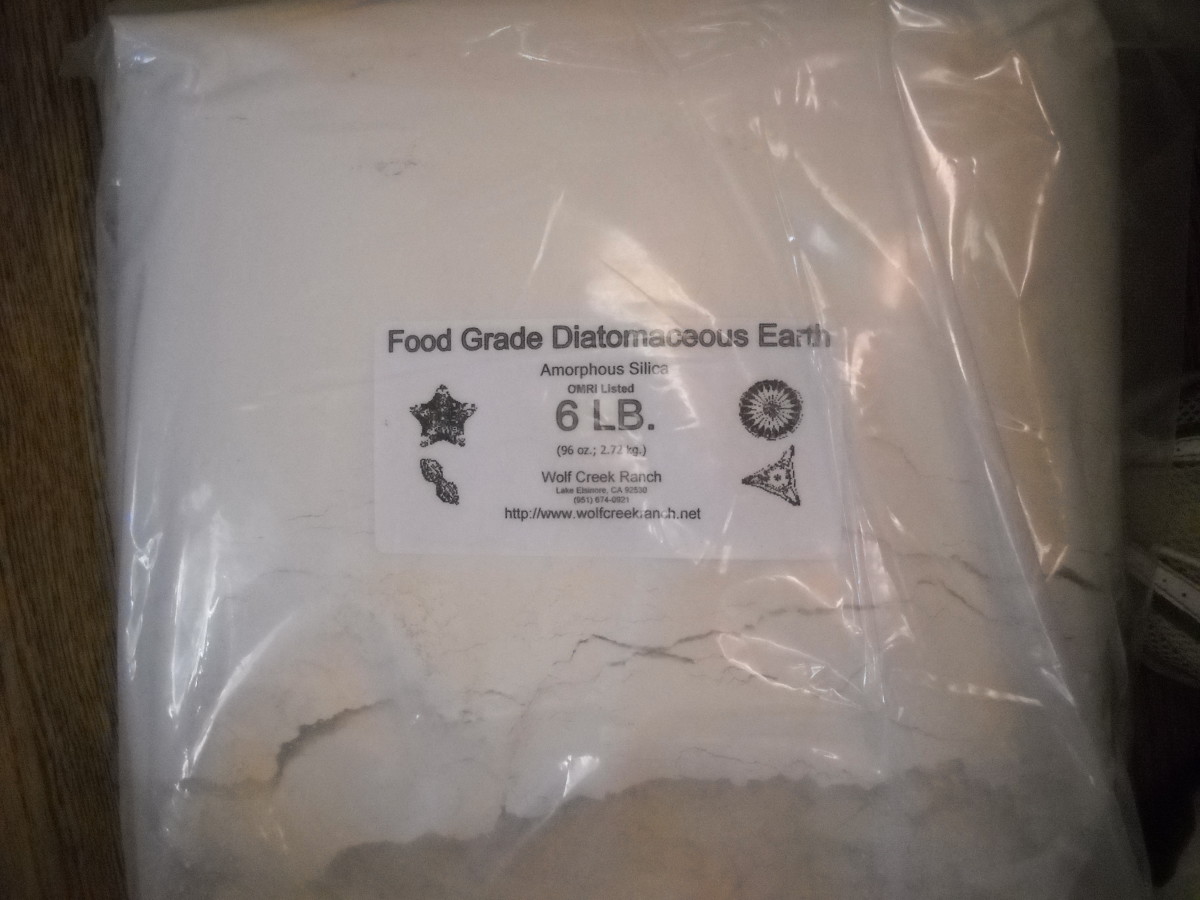
Amorphous Silica
DE has amorphous silica.
About.com states:
A naturally occurring or synthetically produced oxide of silicon characterized by the absence of pronounced crystalline structure, and which has no sharp peaks in its X-ray diffraction pattern. It may contain water of hydration or be anhydrous. Used as an extender pigment, a flatting agent, and a desiccant. Also known as CRYSTALLINE SILICA.
What is Diatomaceous Earth?
Diatomaceous is microscopic group of Silica skeletons of diatoms. It's also considered Diatomites. The diatoms were actually unicellular algae that lived in freshwater and dates back to the pre-historic times. The fossilized remains are soft and chalky sedimentary mineral compound. It is mined and rendered into talcum-like powder that can be used into all-purpose product.
Golden Harvest Organics describe it like this:
It is a mineral based pesticide. DE is approximately 3% magnesium, 33% silicon, 19% calcium, 5% sodium, 2% iron and many other trace minerals such as titanium, boron, manganese, copper and zirconium. Diatomaceous Earth is a natural (not calcined or flux calcined) compound. Diatomaceous Earth is a natural grade diatomite. However, the continual breathing of any dust should he absolutely avoided.
Basically, it is a bug killer than you can safely consume! However, beware of how the Diatomaceous Earth (DE) product you may be considering is processed. DE can be processed with additional chemicals to be used as pool filter! So, if you want an absolutely safe DE for use in your home, I recommend food grade Diatomaceous Earth.
The best analogy I can provide is baking soda and washing soda. Baking soda is sodium bicarbonate. It has a host of purposes it can be used for and it can be safely consumed in small quantities. Washing soda is sodium carbonate. The main difference is well-explained here:
. . .washing soda will consume two equivalents of acid, while baking soda will only consume one equivalent.
- Difference Between Baking Soda and Washing Soda | eHow.com
Washing soda and baking soda are both alkaline compounds, which reduce or neutralize acids. They are made from the same atoms, just in different amounts, which makes all the difference in how they...
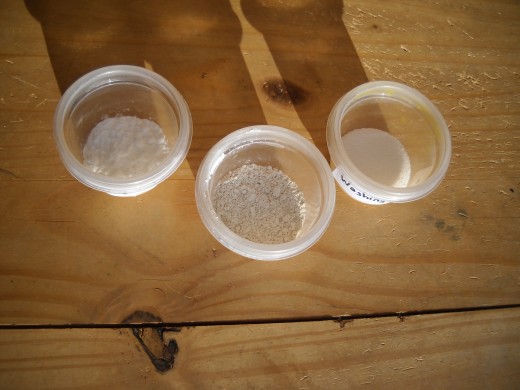

How Is It Safe?
Diatomaceous Earth is basically trace mineral, which human body naturally has and needs. Consider that this contains silica. Silica already plays a very important role in various body functions. Earthworks Health provides an interesting data on this role: "The average human body holds approximately seven grams of silica, a quantity far exceeding the figures for other important minerals such as iron."
Diatomaceous Earth is also highly desirable for its ability to absorb certain things. They're considered cleansers, detoxifying, digestive aids, and many more. When pets and livestock consume this particular product, it actually helps with their joints and absorb many types of bacteria that shouldn't be in there in the first place. For example, with humans, they can absorb e coli, toxins, and viruses. It gets trapped inside the DE particles and we naturally flush it away.
It's only unsafe when inhaled in large quantities as dust. Remember that when handling Diatomaceous Earth. Another safety reminder is that it is also a drying agent, so use with care when your hands are touching the sand.

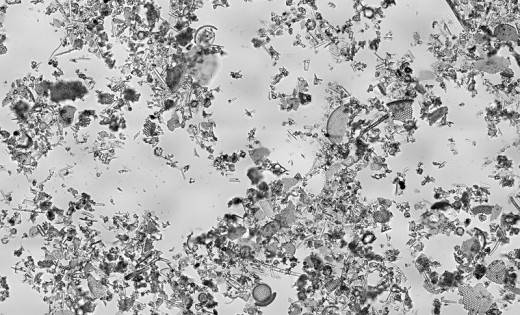
How Does It Work as Pesticide, Then?
If DE is really so safe for animals, earthworms, livestock, and even humans, then how is this supposed to kill pests?
Short answer, it just does. The razor sharp edges of Diatomaceous Earth cuts and maims the internal and external pests.
Okay, okay, long answer is this. It doesn't work in a chemical manner. Pests can't build up immunity to it because it's not chemical! It's actually physically aggressive on its own. It cuts the insects to where they lose oxygen and important functions to survive. There are two reports on this. One, it acts as a dehydrator. It dehydrates insects to death by scratching off their coating. Two, it's a de-ionizer. It de-energizes the pests.
Because of that, Diatomaceous Earth has to be consistently used until the cycle of pests are broken. It doesn't kill the eggs, but when the pests have freshly hatched, the consistent use will kill them before they hatch more eggs.
Applications and Many Uses of DE
This is coming up soon!
Part 2 on Diatomaceous Earth will bring you the many uses and applications of Diatomaceous Earth. It's a ridiculously simple product with many simple ways to use it.
It will answer these questions:
- How to use it on animals?
- How much to feed them for deworming?
- What are the many other uses for it, other than pesticide, insecticide, and digestive aids?
- What is the best way to apply DE to plants, household, furniture, and animals?
If you have more, please leave a comment or message me.

